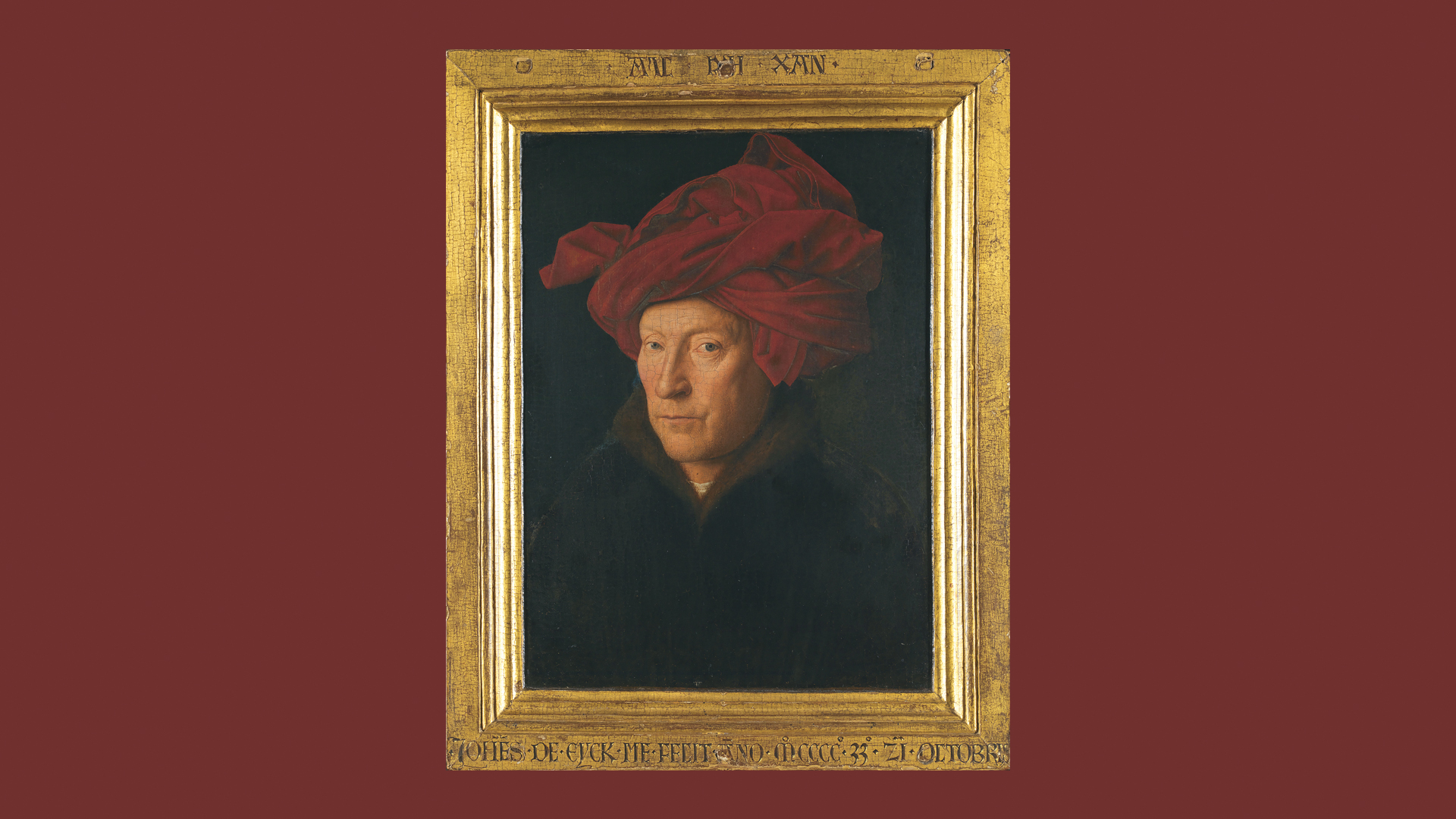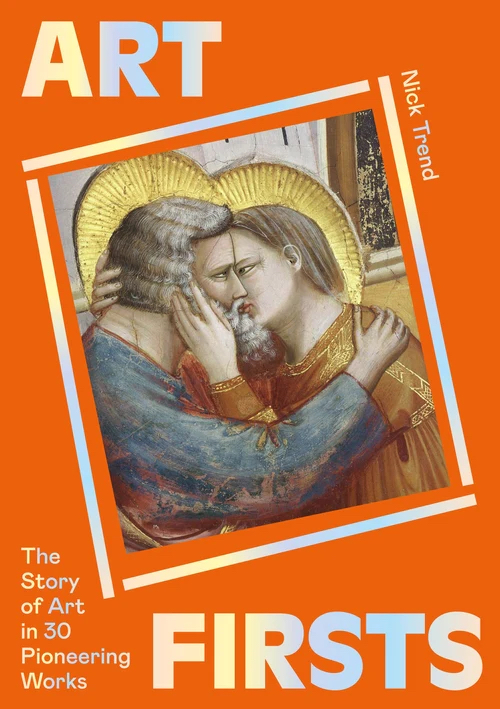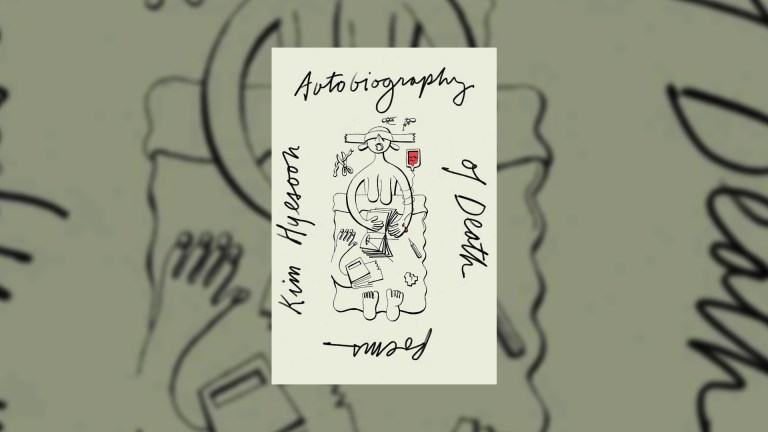I’ll never forget the first time I saw this painting. I had popped into the National Gallery on a random lunchtime visit many years ago and despite its tiny size it stood out, even among the many masterpieces hanging around it. The simple head and shoulders portrait of a man is made suddenly dramatic by the intense reds and sweeping folds of his turban. Deep shadows in the background focus the attention firmly on to his face, which is bathed in a warm, raking light. It feels real and immediate – his steely blue eyes seem to fix us in the moment – and his gaze has a slightly uncanny power, at the same time both intense and slightly detached.
As well as this fascinating charisma, there was something even more remarkable about this painting which stuck in my mind. Those steely eyes belong to the painter himself – the Flemish artist, Jan van Eyck. For when it was painted, in 1433, it was – as far as we know – the first self-portrait for a thousand years. Not since Roman times had an artist looked in a mirror and sought to capture their own face.
Get the latest news and insight into how the Big Issue magazine is made by signing up for the Inside Big Issue newsletter
In a time when selfies are a part of everyday life, it seems bizarre that, for so long, no artist had thought of doing this. But throughout the middle ages, artists were not considered to be people of significance. They were just craftsmen. Portraits were the preserve of the rich and powerful: of kings, bishops and the nobility.
As it happened, van Eyck was also a court painter – he worked for Philip, the Duke of Burgundy, in Bruges. But Philip was a highly imaginative patron and he surrounded himself with intellectuals and free-thinkers, and he seems to have encouraged them to challenge conventions. Van Eyck, who loved to experiment and try new things, flourished. And in painting his own image, van Eyck opened the way to one of the most fascinating genres in the whole of art history. Self-portraits tell us so much – both about artists themselves and, counter-intuitively, about our own selves and what we are doing when we look at paintings.
This is because there is a fundamental combination of tensions and contradictions inherent in a self-portrait. For example, when you stand in front of such a picture, you think you are in charge of the looking process – that the painting is the object of your attention. Yet, once you know it is the artist himself, you can’t avoid the feeling that he is looking out of the picture at you.











